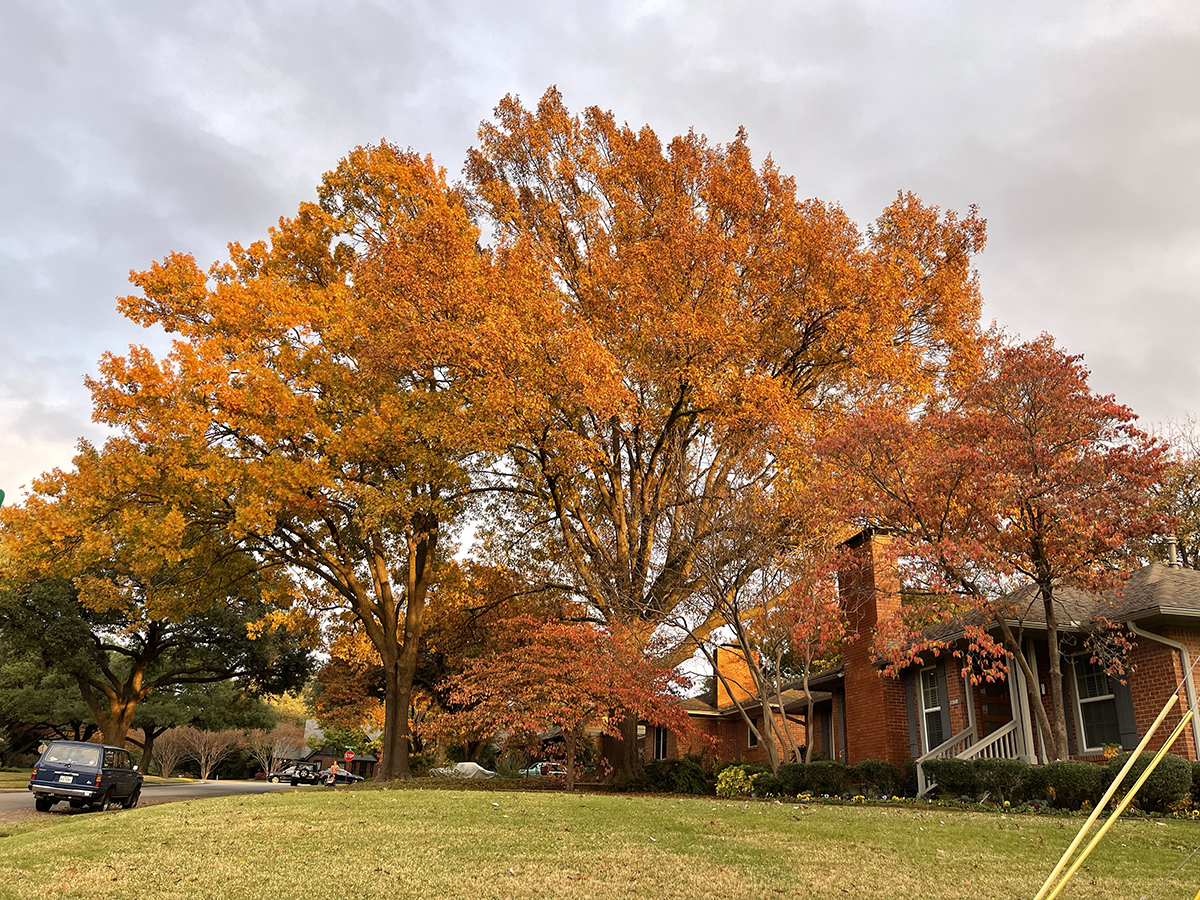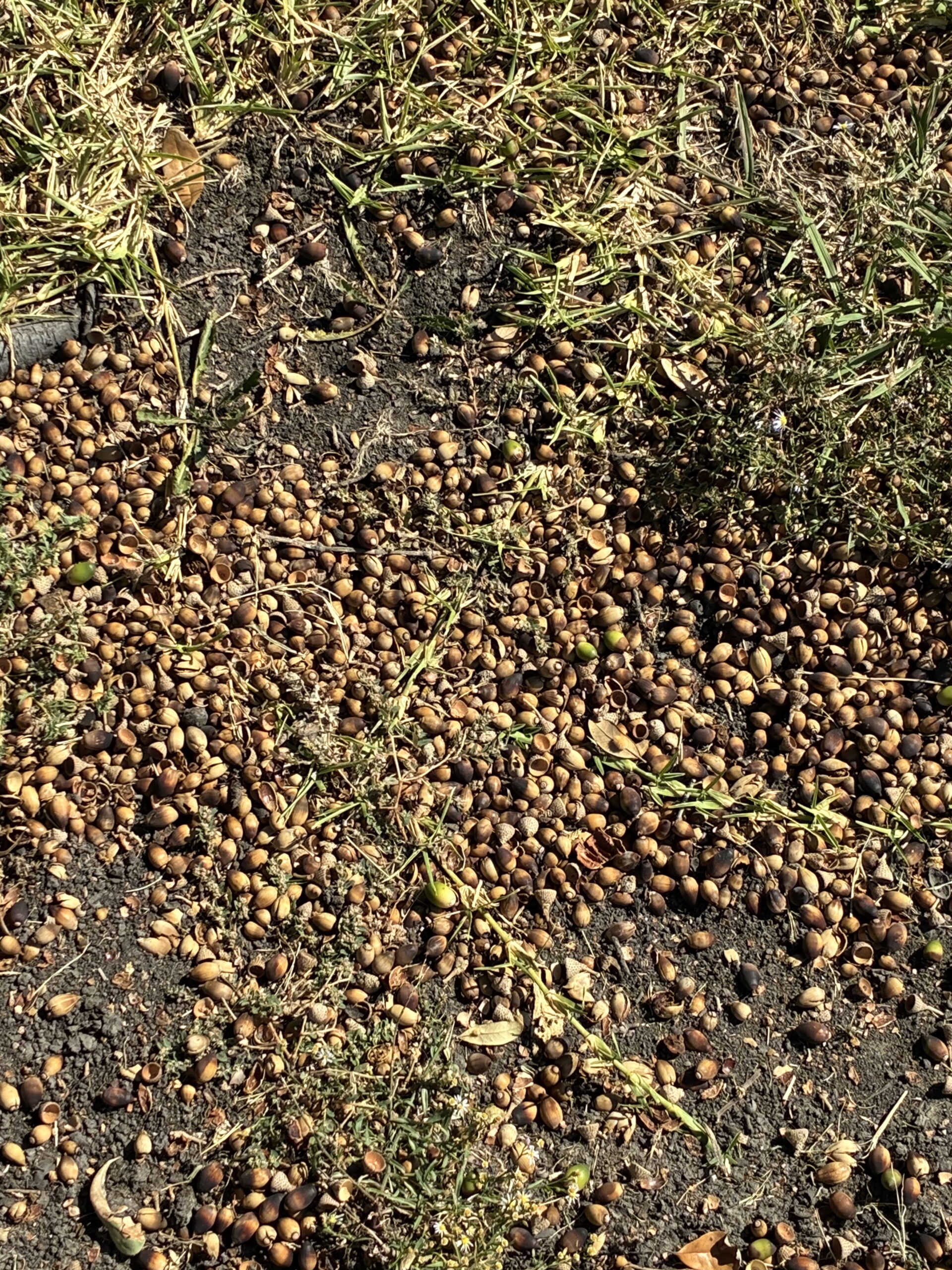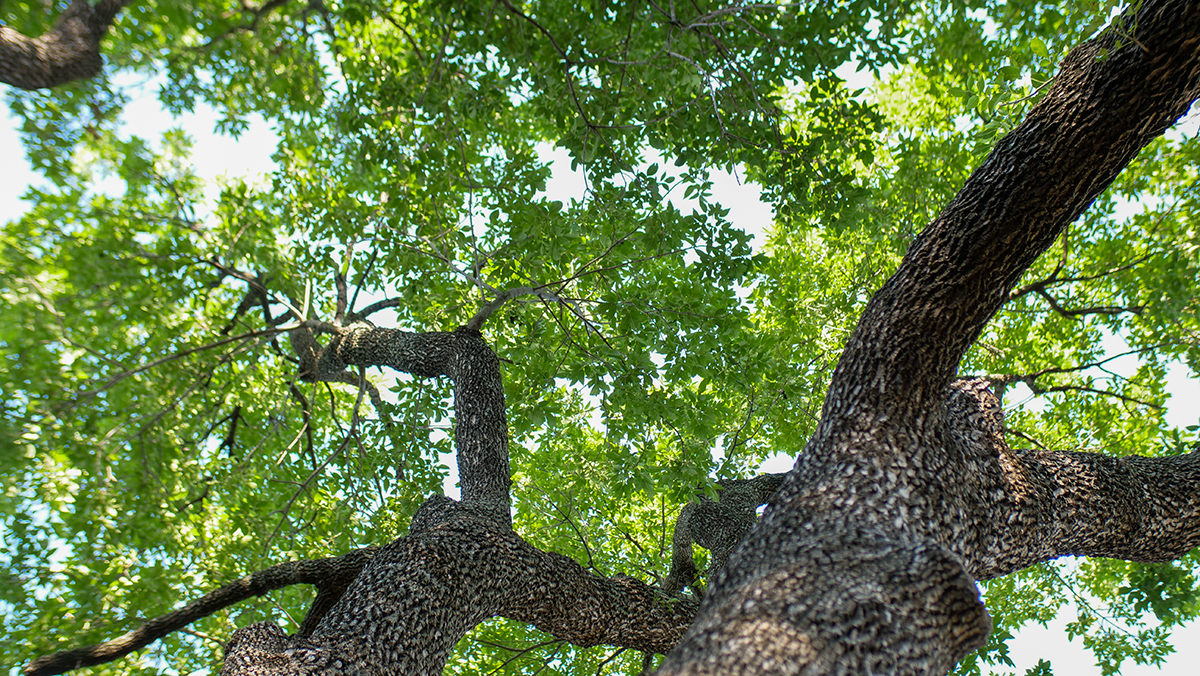Tree Selection Fundamentals

Things To Consider for a Healthy Tree Environment
When selecting a new tree for your home or property there are several things you should consider; location, growth speed, maximum size, critical root zone, soil, light and shade, water, surrounding plants, evergreen vs deciduous, flower/fruit/seed production, native vs nativized, and source stock. Below are some guides to help you determine the best tree for your property and your needs.
Location
The location a tree will be planted will determine how big it can get. Take into account potential obstacles for growth, such as:
- Overhead utility lines
- Structures
- Underground irrigation or utility placement
- Drainage
- Soil composition
- Light availability
- Sidewalks, driveways, or other surface features
- Pools, septic tanks, or other in-ground features
- Planned construction or renovation
Growth Speed
Different tree species grow at different rates and faster isn’t always better. Growth speed can be related to age at planting as well as environmental factors.
Maximum Size
While it may vary, certain species of trees usually have a maximum and minimum expected height, as well as expected canopy spread. It is important to consider nearby buildings, signage, overhead utilities, and aesthetics when selecting a specific species of trees. It can be difficult and dangerous for the tree and for people to try to reduce the size of an already-mature tree. We do not recommend topping trees as a way to manage size.
Critical Root Zone
Related to the canopy spread, the critical root zone is the area around the base of a tree where vital underground roots are present. Both large, stabilizing roots and smaller feeder roots must be considered. Restricted root space or regular ground disturbance can stress a tree and cause premature failure.
Soil
Soil acidity, moisture, and composition determine what species can grow and thrive in North Texas. Much of soil found here is dense, alkaline clay. Trees that are not suited to this type of soil will not be able to get the required nutrients it needs and will eventually show signs of stress.
Light and Shade
Some trees are well-suited to the understory (beneath the top canopy), while other need full, all-day sun. Keep in mind that sunlight intensity and direction changes through the seasons, and can be affected by the growth of nearby plants, as well.
Water
Newly-planted trees need careful watering, but even established trees have a preferred level of soil moisture. Excessive soil moisture can help some species thrive, but contribute to disease in others. Consider where water pools during heavy rains, and where runoff goes when deciding where to plant your tree.
Surrounding Plants
Turf grass, other ground cover, and other plants contribute to the competition for water and nutrients in the soil. As a tree grows, it may cast different shade or cause surface distortions that affect surrounding plants.
Evergreen vs Deciduous
Deciduous trees that drop leaves every fall can feature fall color, but often create more leaf litter. Evergreen trees, whether broad-leafed or needle bearing do not drop all their leaves at once, but are generally the same shade of green throughout the year.
Flower, Fruit, and Seed Production
Spring blooms and seasonal fruit can attract birds and pollinators, contributing to the landscape’s beauty. Some types of flowers and fruit can cause concrete staining or be hazardous to pets.
Native vs Nativized
Native species generally do better than imported species, but there is a limited selection. Imported species can be adapted to climate and soil, and give a variety of size and foliage options, but may become invasive.
Source/Stock
Nursery stock from a specific tree farm or source can be prone to particular structural issues and diseases. If not cared for properly at the nursery, trees may need a long period of rehabilitation after planting. Selecting a larger tree over a smaller one is not always better.
While it may seem logical to plant the largest available specimen of a desired tree species, research has shown that planting smaller trees leads to more growth in the first year, and likely to better early establishment. Planting younger trees gives the tree owner more chances to provide the best care.
Tree Recommendations
We have a blog dedicated to helping you choose the best trees for North Texas.
Additional Resources
The Texas A&M Forest Service has published an online tree selector. On their website you are able to select a county and tree size for quick recommendations. In addition the International Society of Arboriculture offers user-friendly guidelines for choosing the right tree for your yard.
At Texas Tree Surgeons, we love trees and we love our community! We hope this blog on tree selection will help you choose the right tree for your home. We have additional resources on our North Texas Tree Owner’s Guide. If you would like immediate assistance with your trees please contact us today.
Related Blogs
Similar blogs related to this topic


North Texas Fall Foliage: Why Leaves Change Color
North Texas weather changes as quickly as the mood of a toddler. Oscillating from hot to cold. One thing that clearly denotes autumn in North Texas is the fall foliage. The color shift may not…
Read more

Why Are My Oaks Producing so Many Acorns?
Are you noticing your lawn has a sudden carpet of acorns beneath your feet? If yes, you’re likely experiencing a masting year. In such years, oak trees pull out all the stops to produce an…
Read more

Understanding How Seasonal Changes Effect Tree Health Care
Trees are living organisms that respond to their environment, especially the shifting conditions brought by seasonal change. In North Texas, extreme weather, variable rainfall, and a wide variety of pests and pathogens present year-round challenges.…
Read more
